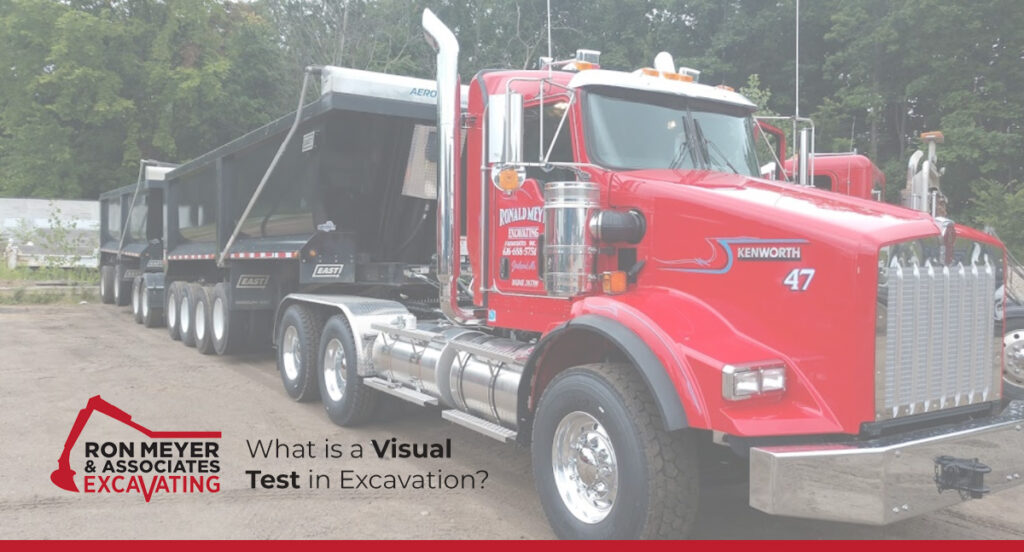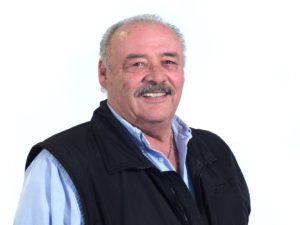
Per OSHA, A visual test is a qualitative evaluation of conditions around the site. In a visual test, the entire excavation site is observed, including the soil adjacent to the site and the soil being excavated. If the soil remains in clumps, it is cohesive; if it appears to be coarse-grained sand or gravel, it is considered granular. The evaluator also checks for any signs of vibration.
During a visual test, the evaluator (also see: competent person) should check for crack-line openings along the failure zone that would indicate tension cracks, look for existing utilities that indicate that the soil has previously been disturbed, and observe the open side of the excavation for indications of layered geologic structuring.
The evaluator should also look for signs of bulging, boiling, or sluffing, as well as for signs of surface water seeping from the sides of the excavation or from the water table. If there is standing water in the cut, the evaluator should check for “quick” conditions. A high water table is one of the causes of boiling – which is evidenced by an upward water flow into the bottom of the cut. Boiling produces a “quick” condition in the bottom of the cut, and can occur even when shoring or trench boxes are used.
In addition, the area adjacent to the excavation should be checked for signs of foundations or other intrusions into the failure zone, and the evaluator should check for surcharging and the spoil distance from the edge of the excavation.
For additional information, see OSHA Technical Manual (OTM) Section V: Chapter 2 and 1926 Subpart P App B – Sloping and Benching.
At Ron Meyer & Associate Excavating, Inc, we’ve been providing underground and commercial construction to private and commercial businesses for 39 years. As the general contractor or subcontractor, our experienced foremen, equipment operators, pipe layers, truck drivers and well-maintained equipment fleet make us an undeniable choice for your excavating services. Let’s talk about your project!
Sources:

As 45 years of experience as an underground/site contactor and a third generation contractor, Ron takes time to go through each individual project with the supervisor and is responsible for all scheduling and equipment logistics. He’s also involved in all troubleshooting for projects.